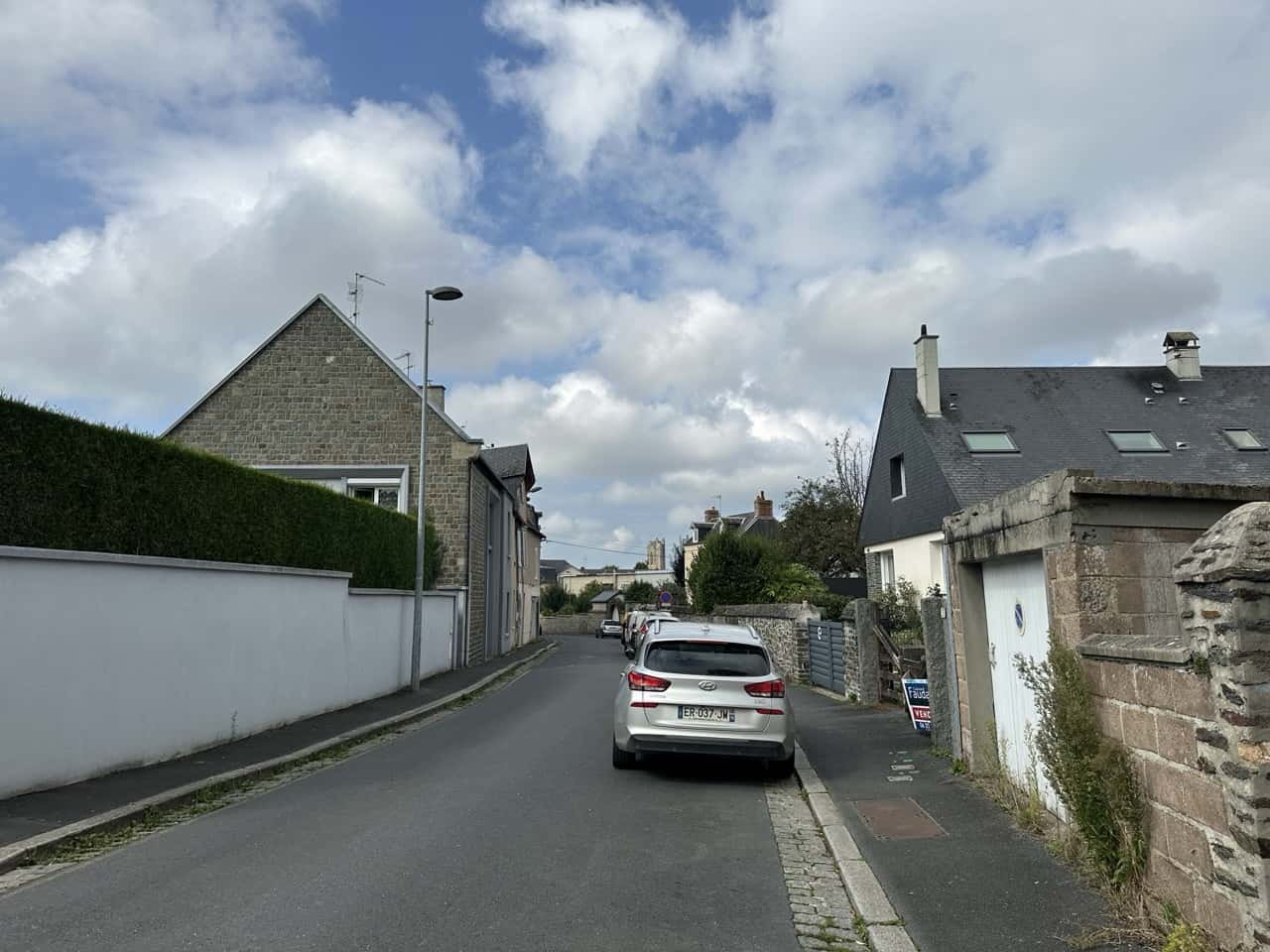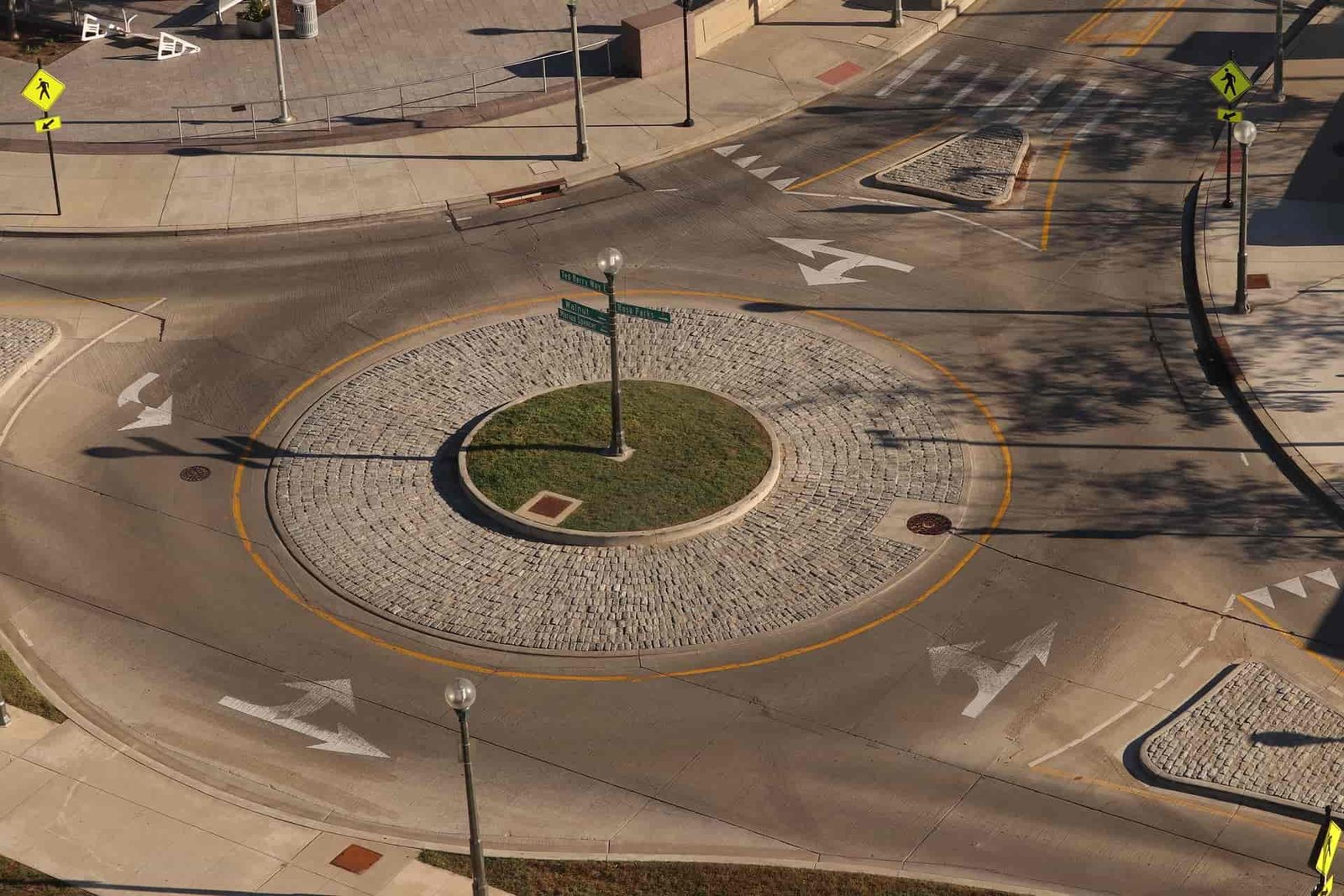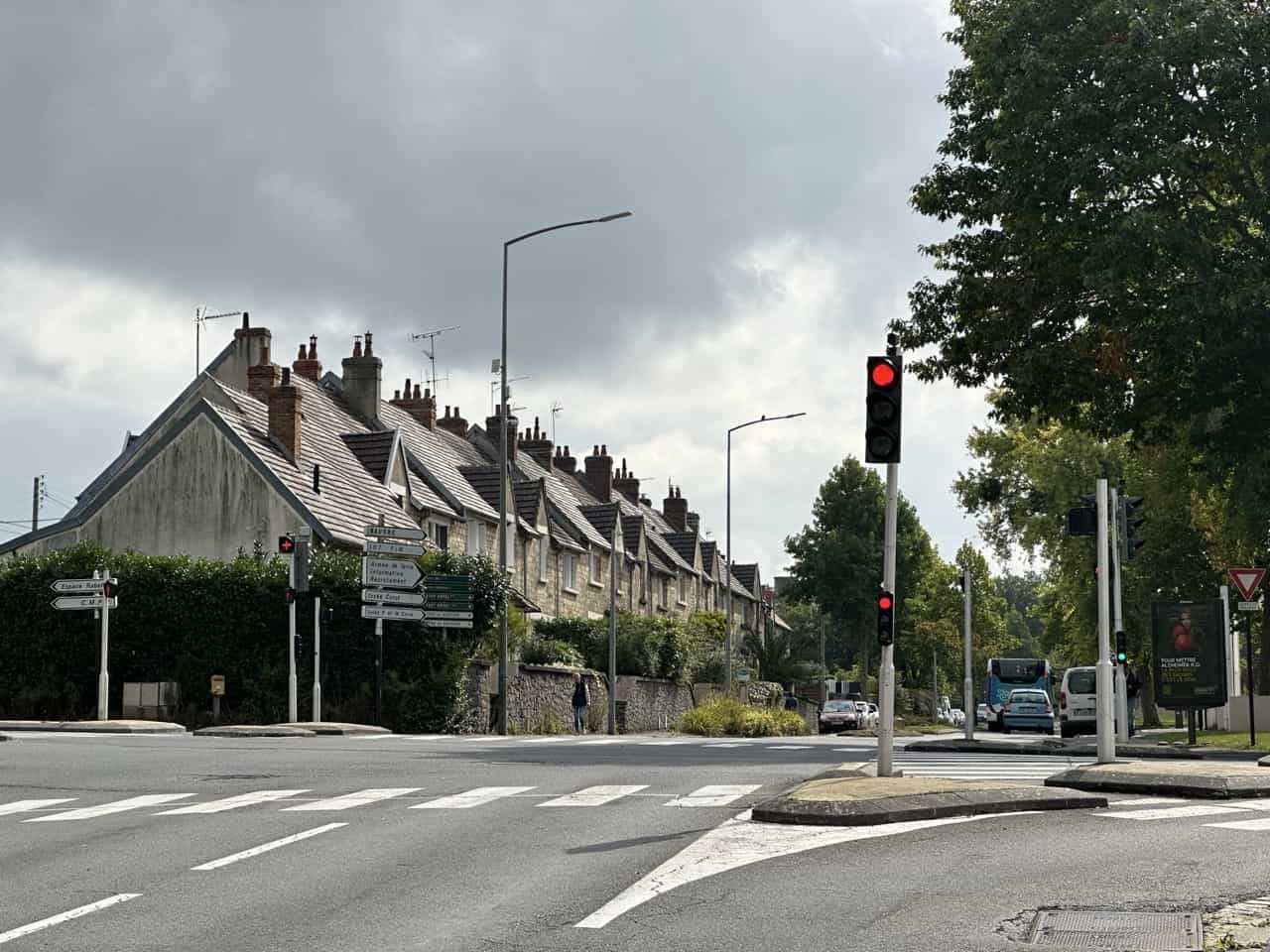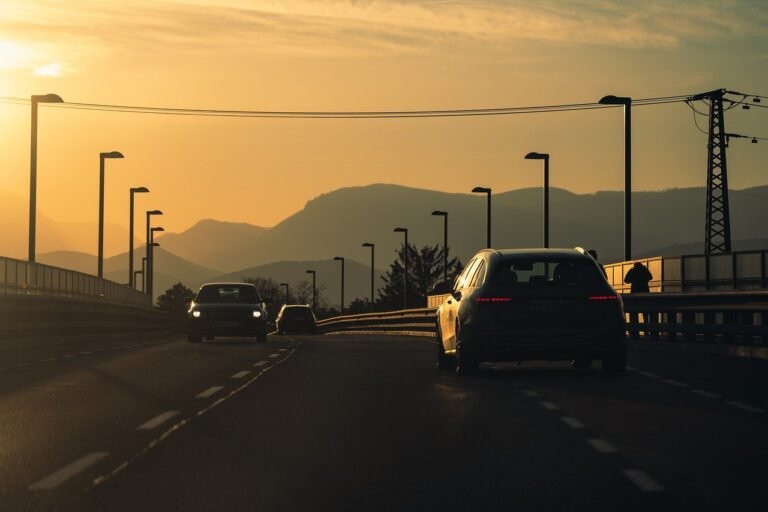What Americans Should Know About Driving in France
If you’re an American planning to drive in France, there are a few important things to know before hitting the road. Driving in a foreign country can be exciting but also a bit different from what you’re used to in the U.S. This guide will walk you through everything you need to understand to make your driving experience smooth and stress-free.
1. Do You Need an International Driver’s Permit?
As an American, you can drive in France with a U.S. driver’s license, but it’s highly recommended to get an International Driver’s Permit (IDP) before you arrive. This permit translates your U.S. license into French and other languages, making it easier for authorities to recognize your driving credentials. You can get one through AAA in the U.S., and it’s valid for a year.
Pro tip: It’s a lot easier to deal with this than trying to explain your license in broken French while miming driving a car!
2. Driving on the Right Side of the Road

Just like in the U.S., the French drive on the right side of the road. So, if you’re used to driving in America, this part won’t be too different. However, many roads in France are narrower, especially in rural areas, so it’s important to stay cautious, especially when passing other cars.
It’s not uncommon to see a tiny French car parked in a space where you swear only a bicycle could fit. Don’t worry, you’ll get the hang of it!
3. Speed Limits Are in Kilometers
One major difference is that France uses the metric system, meaning speed limits are posted in kilometers per hour (km/h), not miles per hour (mph). Here are the general speed limits:
• 130 km/h (about 80 mph) on highways
• 80-90 km/h (about 50-55 mph) on rural roads
• 50 km/h (about 31 mph) in towns and cities
4. Roundabouts are Everywhere

France loves its roundabouts! They’re common throughout the country, so get comfortable with navigating them. The general rule is to yield to the traffic already in the roundabout. Unlike the U.S., where people entering sometimes have the right of way, in France, cars inside the circle have priority.
5. Watch for Tolls
If you’re planning to drive on highways (called “autoroutes”), be prepared to pay tolls. These can add up, so it’s good to keep some cash or a credit card handy. Tolls are typically collected at booths along the road, and you’ll see signs indicating how much to pay.
And trust me, getting stuck behind the one person who doesn’t have change for the toll is an international experience we all share.
6. Parking Can Be Tricky
Parking in France, especially in cities, can be a bit of a challenge. Many cities have narrow streets and limited parking spots. In most places, you’ll need to pay for parking using machines along the streets or parking garages. Look for signs that say “stationnement payant,” which means paid parking.
In small towns and rural areas, parking is usually easier to find and sometimes even free. But in big cities like Paris, parking can be expensive and scarce.
If you find a parking spot in Paris, it’s basically like winning the lottery. Celebrate accordingly.
7. Gas Stations: Know Before You Go
Fuel in France is called “essence” for gasoline and “gazole” for diesel. Make sure you know what your rental car takes because putting the wrong fuel in can cause major problems. Gas stations are usually self-service, but you’ll also find some full-service ones, especially on the highways.
Also, fuel can be more expensive in France compared to the U.S., so it’s good to budget accordingly if you’re planning on driving a lot. Just try not to look directly at the price as you fill up—it’s easier that way!
8. Drunk Driving Laws Are Strict
France has strict laws regarding drinking and driving. The legal blood alcohol limit is 0.05%, which is lower than the 0.08% limit in most of the U.S. For newer drivers, the limit is even lower at 0.02%. It’s best to avoid drinking at all if you plan to drive, as fines are hefty, and penalties can include losing your license.
9. Mandatory Safety Equipment
In France, it’s mandatory to have some safety equipment in your car at all times. These include:
• A reflective safety vest for each passenger (in case of breakdowns)
• A warning triangle to place on the road if your car breaks down
• A breathalyzer (yes, it’s a legal requirement!)
Rental cars usually come equipped with these, but if you’re driving your own car or buying one in France, make sure you have these items. If you don’t, well…you might be on the receiving end of one of those famous French glares.
10. Traffic Signs May Look Different

While many traffic signs in France are similar to those in the U.S., some may look a bit different. One common sign is the “priorité à droite” rule, which means you must give way to traffic coming from the right. This is something not often seen in the U.S., so be cautious when approaching intersections in smaller towns or rural areas.
And if you’re not sure? When in doubt, just do what the car in front of you does. (But, you know, safely.)
Conclusion
Driving in France can be a great way to explore the country, especially if you want to venture outside of the usual tourist spots. While the roads and rules may be a bit different from what you’re used to in the U.S., with a little preparation, you’ll be ready to enjoy your French road trip with confidence. Just remember to stay alert, follow the local laws, and enjoy the journey!
